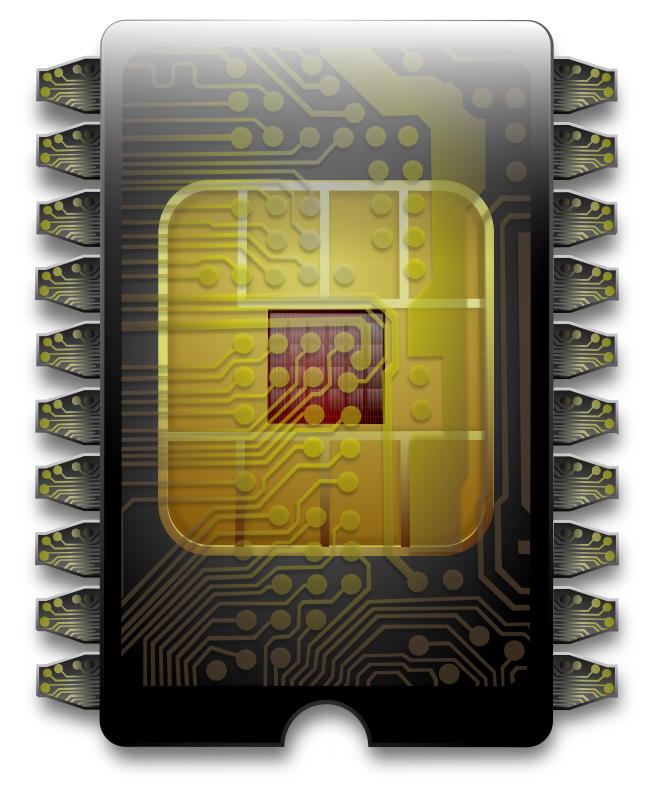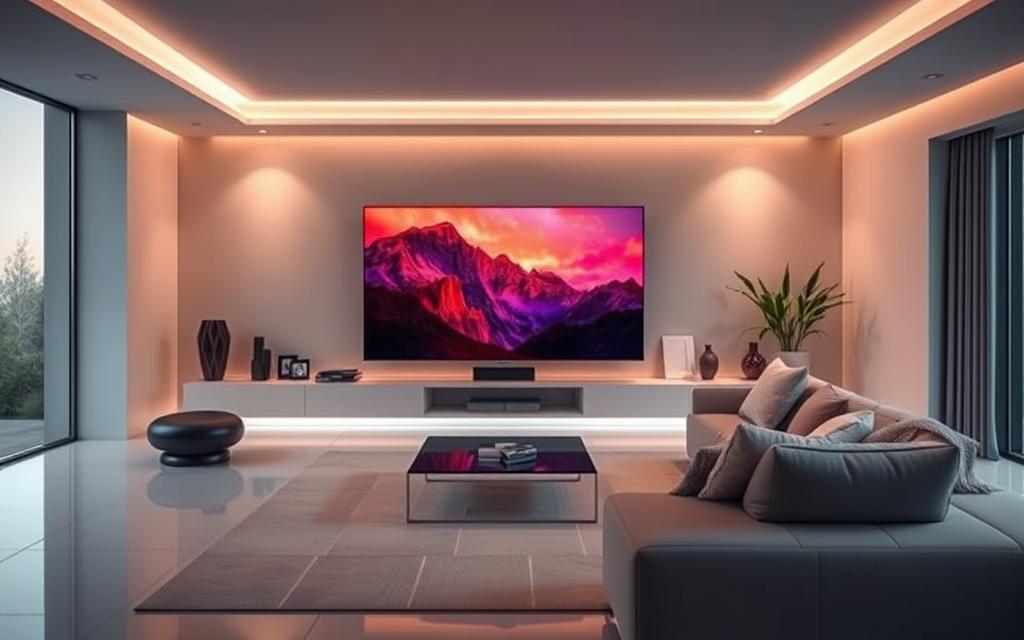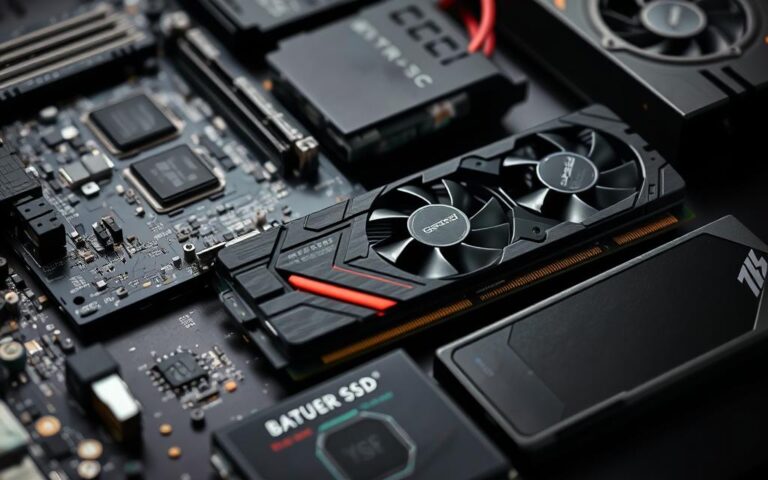Is OLED the Latest Display Technology? What You Need to Know
OLED technology, or organic light-emitting diode, is a top-notch display tech. It gives you better picture quality, bright colours, and saves energy. This makes it the newest display tech out there.
OLED is changing how we see things. It can show true blacks, bright colours, and responds quickly. This tech is making visual content better than ever.
OLED is now the preferred choice for many devices. TVs and smartphones are using it because of its amazing picture and energy saving. As OLED tech gets better, we’ll see even more devices using it.
We’ll dive into OLED technology and its benefits. It beats other display techs with its contrast and black levels. This makes it perfect for devices. We’ll also look at how OLED will keep improving, with LG and Samsung leading the charge in OLED TV tech.
Understanding OLED: The Breakthrough in Display Technology
OLED panels have changed the display technology world. They offer true blacks, vibrant colors, and fast response times. This is thanks to organic compounds, the heart of OLED panels.
OLED panels work by using electroluminescence. An electric current excites organic compounds, creating light. This makes OLED panels great for devices like smartphones and TVs. The key parts of OLED panels are organic layers, electrodes, and substrates.
What Makes OLED Different from Traditional Displays
OLED panels are different from traditional displays. They don’t need backlighting to show images. This makes OLED panels more efficient, with better contrast, faster response times, and less power use. The benefits include:
- True blacks and vibrant colors
- Fast response times
- Low power consumption
- Flexible and slim designs
The Basic Science Behind OLED
OLED panels use organic compounds made of carbon and hydrogen atoms. These compounds are arranged in a special way. This allows for flexible and customizable OLED panels.
Is OLED the Latest Technology in Display Solutions?
OLED, or Organic Light-Emitting Diode, is seen as the latest technology in display solutions. It offers top-notch picture quality, uses less energy, and is very flexible. This makes OLED a top pick for everything from phones to TVs.
OLED has many benefits. It gives perfect blacks, great contrast, and accurate colors. Also, OLED displays can be made thin and flexible. This makes them perfect for many uses. With the addition of latest technology like QD-OLED, OLED’s picture quality and brightness get even better.
Here are some key features of OLED displays:
- Self-emissive pixels for perfect blacks and excellent contrast
- Thin and flexible design possibilities
- Energy efficiency and environmental benefits
- Wide operating temperature range and exceptional color accuracy
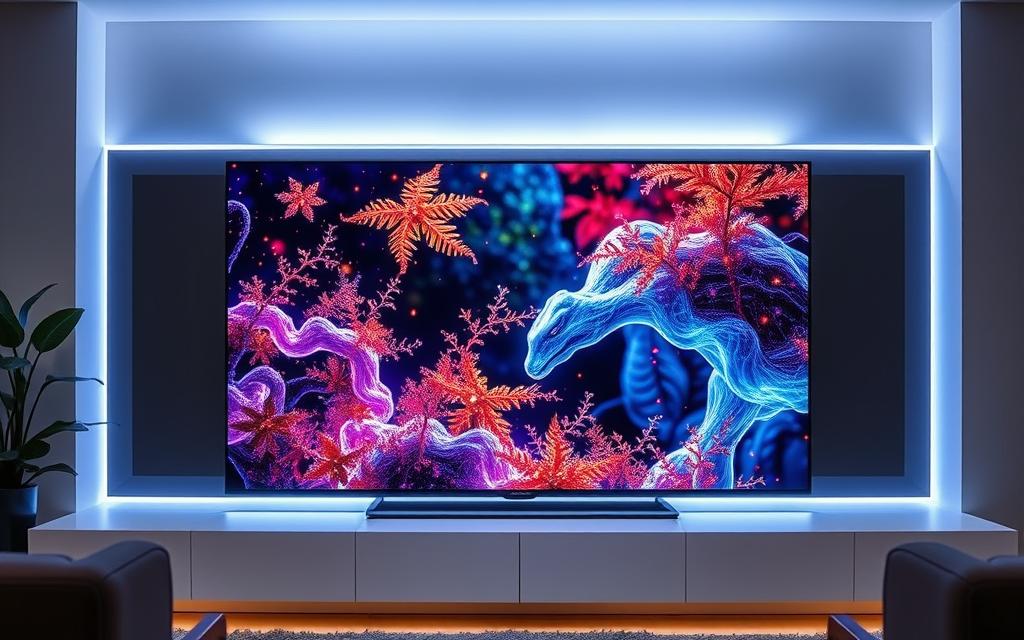
In summary, OLED is the latest technology in display solutions. It combines excellent picture quality, energy efficiency, and design flexibility. This makes OLED a great choice for OLED TVs and smartphones.
The Revolutionary Benefits of OLED Displays
OLED displays have changed how we see visual content. They offer many benefits over traditional displays. One key advantage is their ability to show perfect blacks, leading to infinite contrast. This makes for a more immersive viewing experience.
For example, the EIZO FORIS NOVA can achieve a contrast ratio of 1,000,000:1. This is much better than LCD and LED displays.
OLED displays are also energy-efficient. They use less power because they can turn off pixels when showing black or dark colors. This makes OLED displays a great choice for anyone looking for both energy efficiency and top-notch image quality.
- Perfect blacks and infinite contrast
- Ultra-thin and flexible design possibilities
- Energy efficiency and reduced power consumption
OLED displays are a hit with both consumers and manufacturers. Their popularity is set to keep growing in the future.
OLED displays bring exceptional image quality, energy efficiency, and new design options. They change how we enjoy visual content. Whether it’s watching a movie, playing games, or just browsing online, OLED displays provide an unmatched viewing experience.
OLED in Modern Television Sets
OLED TVs are changing the game in modern TVs. They offer top-notch picture quality, bright colors, and quick response times. Every year, nearly 10 million OLED TVs are shipped. Brands like LG, Samsung, Sony, Panasonic, and Philips are leading the way.
Some key features of OLED TVs include:
- Screen sizes ranging from 42 to 83 inches
- Peak HDR brightness, such as the LG C4’s 1,065 nits
- Support for 4K, 144Hz, VRR, and more through HDMI 2.1 ports
- Comprehensive gaming support, including Nvidia G-Sync
OLED TVs are known for their true blacks, vibrant colors, and fast response times. This makes them a top choice for home entertainment. The LG C4, for example, supports Dolby Vision, HDR10, and HLG for HDR content. It’s perfect for both gamers and film lovers.
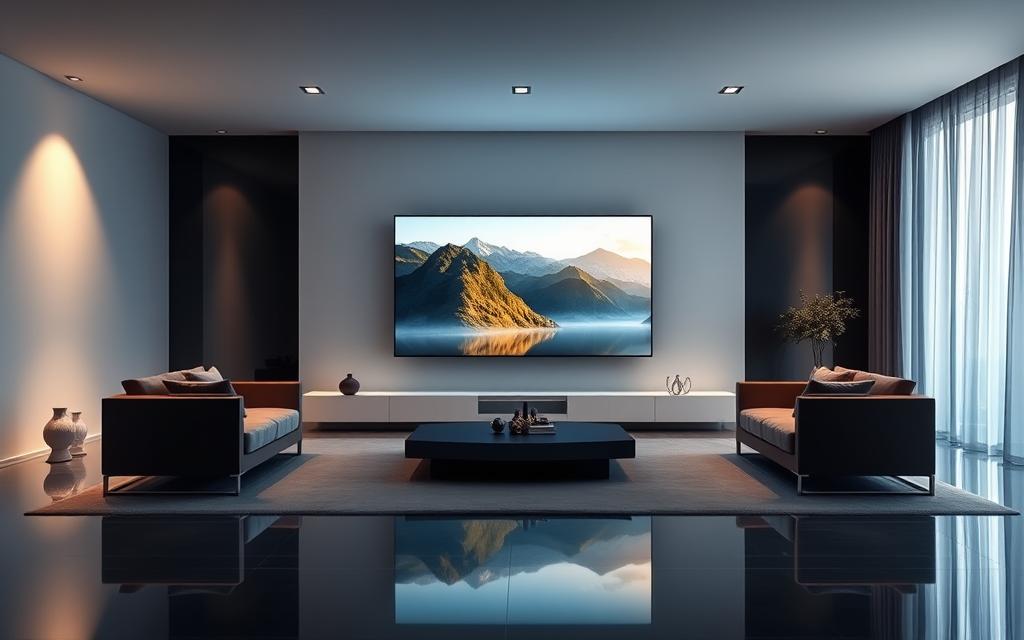
In recent years, OLED TVs have become more affordable. Now, over 60 OLED models are available. This includes the Sony A95L OLED, the Samsung S90D/S90DD OLED, and the LG C4 OLED. This gives consumers a wide range of options.
| OLED TV Model | Screen Size | Peak HDR Brightness | Price |
|---|---|---|---|
| LG C4 | 55 inches | 1,065 nits | $1,999 |
| LG B4 | 55 inches | 656 nits | Lower than LG C4 |
The Impact of OLED on Smartphone Displays
OLED smartphones have changed how we watch videos on our phones. They show better pictures, brighter colors, and quick responses. They can also show true blacks, making watching videos feel more real.
Big names like Apple and Samsung use OLED in their phones. They say it saves energy and makes batteries last longer. Now, OLED screens are in half of all smartphones, with most being in the better models.
The good things about OLED phones are:
- They show pictures with deep blacks and bright colors.
- They use less energy, which helps batteries last longer.
- They are great for games and videos because they respond quickly.
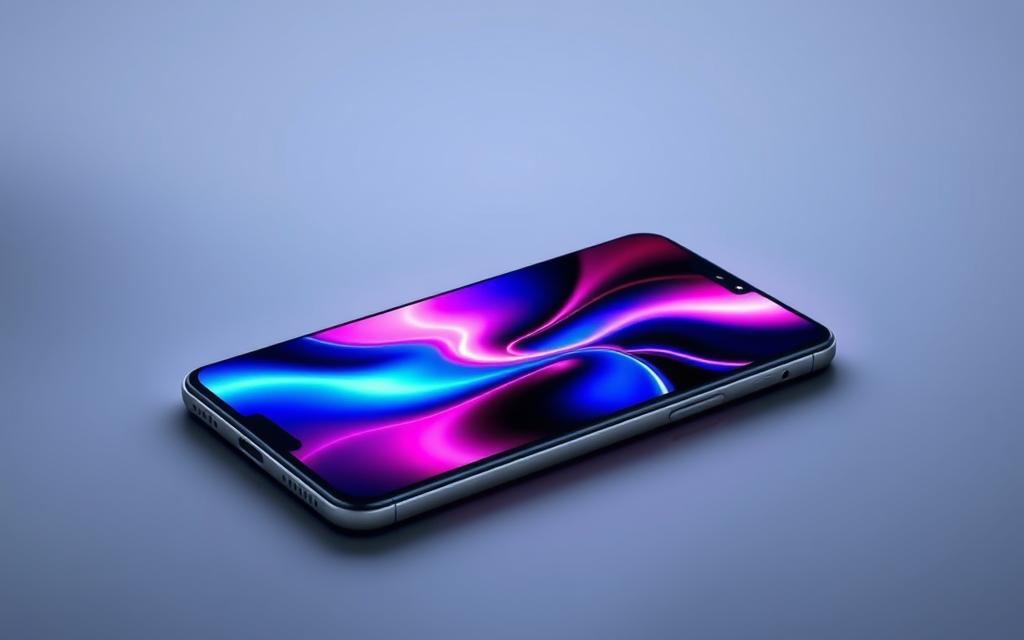
OLED has changed the phone world. It lets makers make phones that curve and fold. As more people want OLED phones, makers are working hard to make them better and cheaper.
| Display Technology | Contrast Ratio | Viewing Angle | Refresh Rate |
|---|---|---|---|
| OLED | 1,000,000:1 | 178° | 0.01ms |
| LCD | 1,400:1 | 160° | 5ms |
| LED | 5,000:1 | 170° | 2ms |
In short, OLED phones have made watching videos on phones better. They offer great pictures, save energy, and make batteries last longer. As OLED tech gets better, we’ll see even more cool things in phones soon.
Comparing OLED with Competing Technologies
Display technologies like OLED, LED-LCD, and QLED are often compared. OLED stands out for its top-notch picture quality, vivid colors, and quick response times. It’s seen as the top choice for displays.
OLED can create true blacks because each pixel can be controlled individually. This leads to an infinite contrast ratio, perfect for where color and depth matter. LED-LCD and QLED use backlighting, which can’t match OLED’s contrast and color accuracy.
Here are the main differences between OLED, LED-LCD, and QLED:
- OLED: produces true blacks, infinite contrast ratio, and fast response times
- LED-LCD: relies on backlighting, lower contrast ratio, and potentially lower color accuracy
- QLED: uses quantum dots to enhance color accuracy and brightness, but may not match OLED’s contrast ratio
Upgrading to OLED can greatly improve your display. It’s perfect for gaming and video editing thanks to its superior quality and speed. Also, upgrading computer hardware boosts system performance. With OLED and QLED prices getting closer, now’s a good time to get a high-quality display.
The Future Innovations in OLED Technology
OLED innovations are changing the display world. They will lead the way in display technology. OLEDs will get better at showing pictures, use less energy, and be more flexible.
OLED displays have many benefits. They offer a high contrast ratio and a wide viewing angle. They also have a fast refresh rate, making them perfect for phones, TVs, and gaming.
These displays are already making a big impact. They provide better image quality and allow for new designs. This includes curved and foldable screens.
OLEDs are also getting better for the environment. They use less toxic materials and inkjet technology. This makes them safer and reduces waste.
OLED displays have many advantages. They have better contrast and energy efficiency than other displays. They are also flexible and can be made transparent or foldable.
Looking ahead, OLEDs will keep changing the display world. They will lead in technology and solutions. OLEDs will offer top-notch image quality, flexibility, and efficiency.
Overcoming OLED’s Current Limitations
OLED technology is getting better, but it faces some big hurdles. One major worry is burn-in, which happens when static images stay on screen for too long. To fight this, makers use tricks like pixel shifting and image retention compensation.
The high cost factors of OLEDs are another big problem. Making OLEDs is complex and uses pricey materials. But, as more are made, the cost should drop, making OLEDs more affordable.
There’s also the issue of OLED limitations like lifespan. OLEDs don’t last as long as some other screens. To fix this, companies are working on better, longer-lasting OLED materials. This will help OLEDs last longer and work better, giving viewers a better experience.
| Factor | Description |
|---|---|
| Burn-in concerns | Risk of permanent image retention |
| Cost factors | High production costs and expensive materials |
| Lifespan considerations | Limited panel lifespan and durability |
By tackling these issues, OLED tech can keep getting better. It will offer a top-notch viewing experience for everyone. This makes OLEDs a great choice for many things, from phones to TVs.
OLED’s Role in Next-Generation Devices
OLED technology is set to be a big deal in future devices like smartphones, TVs, and wearables. It offers true blacks, vibrant colors, and quick response times. Recent advancements have made OLED displays brighter, more efficient, and longer-lasting. This makes it a top pick for makers of devices.
OLED will help create new display designs, like rollable and foldable ones. This will give users a unique, immersive experience with superior image quality and deep blacks. OLED displays also use less power, which means longer battery life in mobile devices.
Some key benefits of OLED in next-gen devices include:
- Higher contrast ratio: 1,000,000:1, beating LCD and LED displays
- Wider viewing angle: 178°, better than LCD and LED’s 160° and 170°
- Faster refresh rate: 0.01ms, perfect for gaming and videos
OLED tech is expected to keep getting better, with new technologies improving its performance and efficiency. As people want more innovative displays, OLED will be key in shaping the future of devices.
| Display Technology | Contrast Ratio | Viewing Angle | Refresh Rate |
|---|---|---|---|
| OLED | 1,000,000:1 | 178° | 0.01ms |
| LCD | 1,400:1 | 160° | 5ms |
| LED | 5,000:1 | 170° | 2ms |
Conclusion: Why OLED Continues to Lead Display Innovation
OLED is at the forefront of display technology, leading the way in innovation. It offers top-notch picture quality, uses less energy, and is super flexible. This makes OLED a leader in what’s possible with displays.
The contrast ratios and color accuracy of OLED make images come alive. Its thin and flexible form factors enable new device designs. This technology is changing how we use digital devices, making them more immersive and visually stunning.
As we look to the future, OLED technology is set to keep pushing limits. It’s tackling issues like screen burn-in and cost. With these advancements, OLED will likely stay the top choice for display innovation, shaping the future of devices.
FAQ
What is OLED technology?
OLED (Organic Light-Emitting Diode) technology is a new way to display images. It uses organic compounds to light up, unlike old displays that need backlighting.
How does OLED differ from traditional display technologies?
OLED panels can show true blacks, bright colours, and quick responses. This gives a better picture and a more real experience than old displays like LED-LCD and QLED.
What are the key benefits of OLED displays?
OLED displays have many advantages. They can show perfect blacks, are very thin and flexible, and use less energy. This makes them a greener option.
How has OLED technology impacted the world of modern television sets?
OLED TVs have changed how we watch TV at home. They can show true blacks, bright colours, and quick responses. They also have 4K resolution and HDR.
How has OLED technology transformed smartphone displays?
OLED smartphones give a more real viewing experience. They show true blacks, bright colours, and quick responses. They also last longer on battery, making them great for daily use.
How does OLED compare to competing display technologies?
OLED is better than LED-LCD and QLED in many ways. It offers better picture quality, colours, and speed. This makes OLED the top choice for displays.
What are the current limitations of OLED technology?
OLED has some issues, like burn-in, cost, and lifespan. But, scientists are working hard to solve these problems.
What role will OLED technology play in next-generation devices?
OLED will be key in future devices. It can show true blacks, bright colours, and quick responses. This makes it perfect for many uses.
